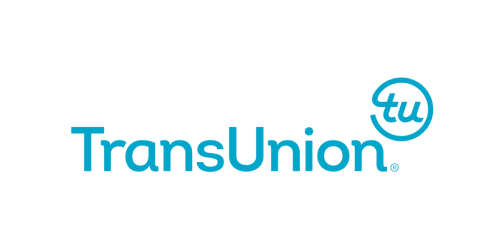Why Lenders Are Rethinking Risk in 2025
Abstract: Canada’s credit market is at a turning point, with rising delinquencies, tightening credit access, and a sharp decline in new-to-credit originations due to slowed immigration. According to Sacha Mamontow of TransUnion, lenders are shifting focus from growth to risk management, emphasizing better data and smarter decision-making. Mortgage and credit card stress is mounting, fraud—particularly first-party and synthetic—is distorting performance metrics, and traditional borrower segments like near-prime and new-to-credit are underperforming. As financial pressure builds, collaborative action across banks, fintechs, and industry associations like the CLA will be essential to navigate the evolving landscape.
After two decades in banking and now advising Canada’s leading credit issuers and fintechs, I can confidently say: we are at a pivotal moment in the Canadian credit market. At TransUnion, we sit at the intersection of data and lending decisions, watching real-time shifts in consumer behaviour, delinquencies, and fraud. The message is clear—2025 is not business as usual.
A Market in Motion
Canada’s consumer credit market now is ~ $2.5 trillion. That’s up 5% year over year—impressive at a glance. But dig into the originations data and a troubling trend appears: credit card originations are down, particularly among subprime and new-to-credit segments. This decline is tightly linked to reduced immigration, which traditionally replenishes the lower-risk credit pool. Without that balance, delinquency rates are creeping upward, and lenders are being forced to reassess risk across the board.
Credit card issuers, long hesitant to reduce credit limits for fear of alienating customers, are now quietly introducing credit line restrictions and more stringent approval criteria. They’re not just cutting back—they’re trying to make smarter, more profitable decisions using better data.

Source: TransUnion of Canada, Inc. TransUnion Consumer Pulse Survey, Q1 2025
Delinquency Warning Lights Are Flashing
Our data shows a troubling rise in 90+ day delinquencies—especially in newer vintages and among near-prime consumers. Mortgages, personal loans, and credit cards are all seeing stress. Personal loan delinquencies are elevated in part due to the growth of high-risk subprime lending in recent years. For credit cards, a third of all prime-and-below originations are now new-to-credit—typically new immigrants or young consumers. When originations in this group falter, risk pools weaken, and delinquency spikes follow.
Traditionally, new-to-credit consumers have outperformed subprime borrowers in risk-adjusted terms. But 2024 is bucking that trend. In fact, we’re now seeing early signs that this once-reliable segment is performing worse than expected—a potential canary in the coal mine for lenders who built strategies around this growth engine.
Source: TransUnion of Canada, Inc. TransUnion Consumer Credit Database 
Source: TransUnion of Canada, Inc. TransUnion Consumer Credit Database 
Source: TransUnion of Canada, Inc. TransUnion Consumer Credit Database
Inflation, Renewals, and Payment Shock
Mortgage payments are up nearly 10% year over year. That’s hundreds of dollars more per household, driven by interest rate renewals and higher living costs. Many Canadians are now paying more without earning more. While Canadian consumers remain impressively resilient, the lagging effects of inflation, housing costs, and slow wage growth are eroding financial stability.
We expect insolvencies to rise—but not in the ways you might think. Consumer proposals (as opposed to bankruptcies) are becoming the go-to relief route, and lenders are proactively ramping up borrower outreach and collections strategies to catch at-risk consumers earlier.

Source: TransUnion of Canada, Inc. TransUnion Consumer Credit Database and forecast model
Fraud: The Silent Crisis
If there’s one area where nearly every lender is raising the red flag, it’s fraud—especially first-party and synthetic fraud. Many institutions are struggling to even quantify the extent of their exposure. Fraud isn’t just a security problem anymore; it’s now deeply embedded in the performance data of entire product vintages. This is distorting everything from delinquency analysis to approval modelling.
We’re no longer dealing with isolated incidents. Fraud is now a systemic pressure on credit quality.
A Call for Collective Intelligence
If there’s a silver lining, it’s this: industry collaboration has never been more critical—or more valuable. At our recent advisory board session with executives from across the lending ecosystem—banks, fintechs, and specialty lenders alike—the consensus was clear: we’re all navigating the same storm. But we don’t need to do it alone.
The Canadian Lenders Association (CLA) is already playing a critical role in convening stakeholders, sharing data, and advocating for smart regulatory frameworks. As a community, we need to go further. That means defining what new data points we need. It means pushing for policy updates like open banking. And it means building collective strategies to tackle fraud, protect vulnerable consumers, and shore up credit performance in a volatile market.
Sign up for the CLA 2025 Summit Series




